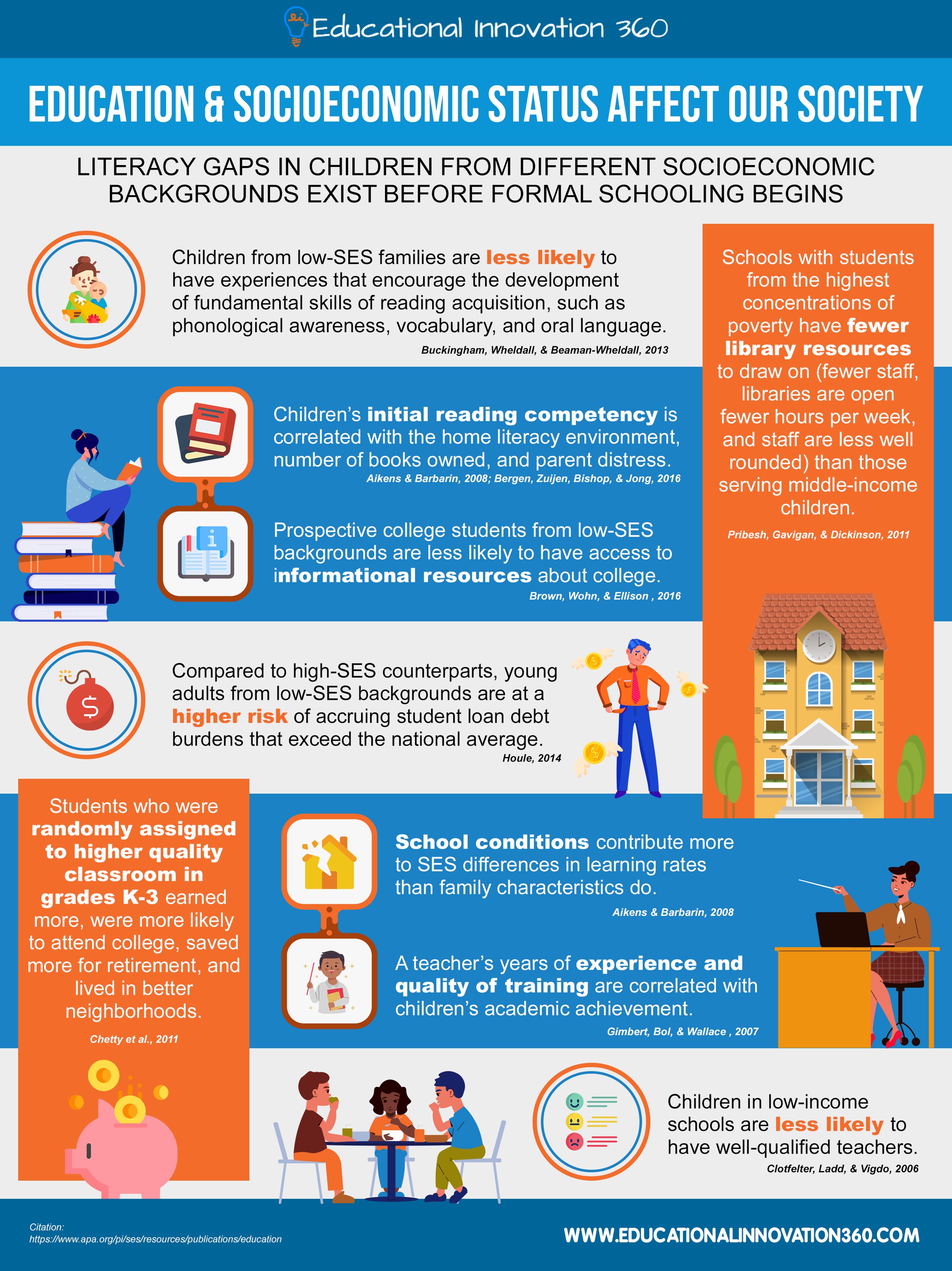How To Help Low SES Students Succeed in School
It is no secret that students from low socioeconomic backgrounds (SES) face many challenges when it comes to succeeding in school. "Students from diverse linguistic and socioeconomic backgrounds have received very little attention in the education reform literature." (Kraft, 1995) They often have to contend with factors like poverty, poor housing and nutrition, violence, and racism. As a result, they often start school at a disadvantage compared to their more affluent peers. There are, however, things that educators and others can do to help level the playing field for low SES students.
What Are Some of the Challenges Low-SES Students Face in School?
One of the biggest challenges low-SES students face is a lack of resources. This can include anything from not having enough money to buy school supplies to not having a quiet place to do homework. In addition, low-SES students are more likely to attend schools that are overcrowded and underfunded.
Educational Innovation 360
This can lead to larger class sizes and fewer opportunities for individualized attention. Research has shown that low-SES students are also more likely to experience discrimination and harassment from both fellow students and teachers. This can create a feeling of isolation and make it difficult to succeed in school.
Lastly, low-SES students often have difficulty accessing extracurricular activities and enrichment programs. This can limit their ability to develop important skills and connections. While there are many challenges low-SES students face in school, there are also several organizations and programs working to level the playing field.
By providing resources and support, There are many organizations helping low-SES students overcome the obstacles they face and reach their full potential.
What Can Educators do to Help These Students Succeed?
There is no one-size-fits-all answer to the question of how best to help low-SES students succeed in school. However, there are several strategies that educators can use to level the playing field and give all students a chance to succeed. For example, educators can provide extra support for low-SES students through tutoring, mentoring, and other programs. They can also create safe and supportive learning environments where all students feel welcome and valued.
Furthermore, they can work to ensure that curriculum and instruction are culturally relevant and engaging. By taking such steps, educators can help low-SES students overcome some of the challenges they face and reach their full potential.
What Are Some Other Things That Can be Done to Help Low-SES Students Succeed in School?
Several things can be done to create such environments, for example, schools can provide resources and opportunities for low-SES students to get involved in extracurricular activities and enrichment programs. They can also develop partnerships with community organizations to provide wrap-around services and support. Some schools are introducing an entrance interview to ensure students have exactly what they need prior to starting school. Finally, they can work to engage parents and guardians in the educational process at the very beginning of the year at orientation. By taking such steps, schools can create environments that are supportive and conducive to learning for all students.
References:
Kraft, M. A. (1995). Low socioeconomic status students in urban schools: An overview of research findings. Educational Psychology Review, 7(3), 251-285.
Suttie, J. (2016). Want to Raise Successful Kids? Change Their Environment. Greater Good. Retrieved from https://greatergood.berkeley.edu/article/item/want_to_raise_successful_kids_change_their_environment

